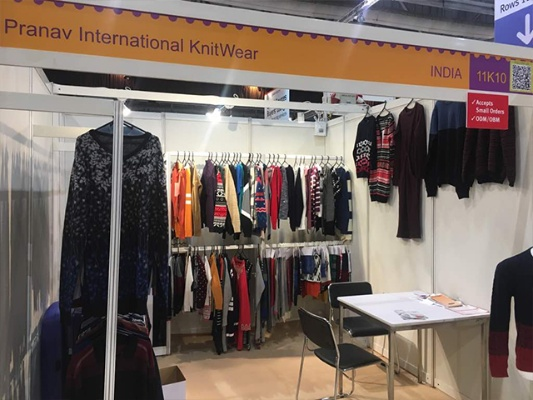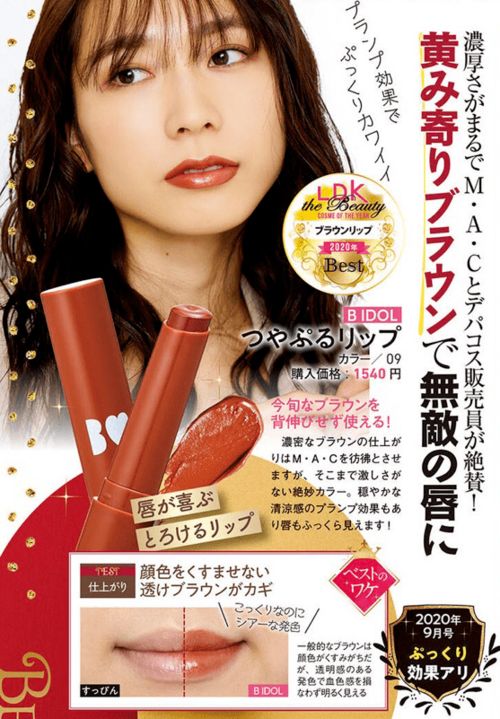纺织品质量控制的五大关键要素
: The Five Key Elements of Textile Quality Control,In the fabrication of textile products, quality control is a critical component that ensures product consistency and reliability. This paper discusses the five essential elements of textile quality control, which are:,1. Material Selection: The selection of raw materials plays a crucial role in determining the quality of the final product. Choosing high-quality yarns and fibers can significantly impact the texture, color, and durability of the textile.,2. Processing Techniques: Proper processing techniques are vital for achieving consistent quality standards. This includes factors such as weaving, knitting, and finishing processes, which must be executed with precision to ensure uniformity and accuracy.,3. Quality Assurance: Regular inspections and testing during the manufacturing process are essential for identifying any defects or issues early on, allowing for corrective actions to be taken before the final product leaves the factory.,4. Inspection Methods: The use of modern technology, such as machine vision systems and automated inspection devices, can enhance the accuracy and efficiency of quality control checks. These tools provide real-time data that help identify potential quality issues before they become significant problems.,5. Training and Education: Providing regular training and education to both employees and technicians involved in the production process is crucial for maintaining high levels of quality control. This ensures that everyone understands the importance of quality and how to maintain it throughout the production process.
Introduction: In the global textile industry, quality control is not just a compliance requirement but a critical component that ensures product reliability, customer satisfaction, and brand reputation. Today's consumers demand high-quality products that meet their expectations, which means that textile companies must implement robust quality control systems to maintain their competitive edge. In this article, we will explore the five key elements of textile quality control, including supplier selection, raw material testing, process monitoring, final inspection, and documentation. By understanding these elements, textile businesses can enhance their product quality and customer satisfaction.
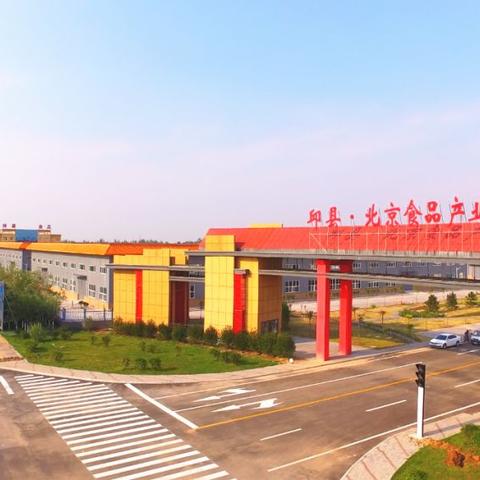
-
Supplier Selection The first step in ensuring quality control is selecting suppliers who adhere to strict standards and have a proven track record of producing consistent products. Companies should conduct thorough due diligence on potential suppliers by assessing their financial stability, production capacity, and environmental practices. For example, one textile company that prioritizes supplier selection is Xerox. They have developed a rigorous supplier evaluation process that involves multiple rounds of audits, including third-party verification of environmental certifications. This approach has helped Xerox maintain a high level of product consistency and reduce the risk of receiving defective or substandard materials.
-
Raw Material Testing Once raw materials are received, they must undergo comprehensive testing to ensure they meet the required specifications. This includes testing for colorfastness, shrinkage, and other physical properties. For instance, a textile manufacturer like Zara may use advanced dyeing techniques to ensure that the colors on their garments remain vibrant over time. Additionally, they may conduct tests on the fabric's durability and resistance to various chemicals, such as washing and bleaching.
-
Process Monitoring During the manufacturing process, continuous monitoring is essential to detect any issues early on and prevent defects from reaching the final product. This involves using automated equipment and software to monitor critical parameters such as temperature, pressure, and speed. For example, a textile company like Levi Strauss & Co. employs sophisticated monitoring systems to ensure that their jeans pass through the entire production process without compromising quality. By doing so, they can catch defects early and take corrective action before they reach the end consumer.
-
Final Inspection After the manufacturing process, final inspection is crucial to verify that all products meet the desired standards. This includes visual checks for defects, such as cuts, holes, and loose threads, as well as functional testing to ensure that the garments function properly. For example, a textile company like Uniqlo conducts a rigorous inspection process that involves spotters checking each item for flaws before it is packaged and shipped. This approach helps to minimize defects and improve overall customer satisfaction.
-
Documentation Effective documentation is vital for maintaining transparency and accountability during the quality control process. This includes keeping detailed records of all inspection results, changes made to the production line, and any issues identified during testing. For example, a textile company like Nike uses a comprehensive quality management system that tracks every step of the supply chain, from raw material procurement to finished product distribution. This system ensures that all parties involved in the production process are aware of any discrepancies and can take corrective action quickly.
Conclusion: Quality control in the textile industry is a multifaceted process that requires careful attention to detail and ongoing improvement. By implementing the five key elements outlined above—supplier selection, raw material testing, process monitoring, final inspection, and documentation—companies can enhance their product quality and customer satisfaction. As the textile industry continues to evolve, it is essential for companies to stay attuned to new trends and technologies that can help them achieve even higher levels of quality control. With a commitment to excellence and a willingness to invest in the latest tools and methods, textile businesses can build trust with customers and stand out in a competitive market.
随着全球纺织行业的快速发展,纺织品的质量控制显得尤为重要,本篇口语化内容将围绕纺织品质量控制主题展开,通过英文案例说明和表格补充说明,详细介绍纺织品质量控制的关键环节和具体实践。
纺织品质量控制的重要性
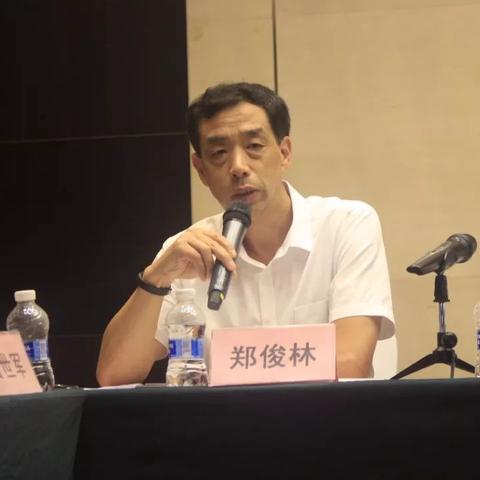
纺织品质量控制是确保纺织品产品符合相关标准和客户要求的重要手段,通过严格的质量控制,可以确保纺织品产品的性能、安全性和可靠性,提高产品的市场竞争力,纺织品质量控制也是保障消费者权益的重要环节。
纺织品质量控制的关键环节
原料选择与检验
原料是纺织品生产的基础,因此原料选择与检验是质量控制的关键环节,在原料采购过程中,应严格筛选供应商,确保原料质量符合标准,在原料检验方面,应进行严格的外观检查、尺寸检查、性能测试等,确保原料符合质量要求。
生产工艺控制
生产工艺是影响纺织品质量的关键因素,在生产工艺控制方面,应采用先进的生产工艺和技术,确保纺织品生产过程中的各个环节符合质量标准,应定期对生产工艺进行评估和优化,提高生产效率和质量。
检测与测试方法
检测与测试方法是纺织品质量控制的重要手段,应采用多种检测方法对纺织品进行全面检测,确保产品质量符合标准,应根据不同类型的产品和客户要求,选择合适的检测标准和测试方法。
英文案例说明
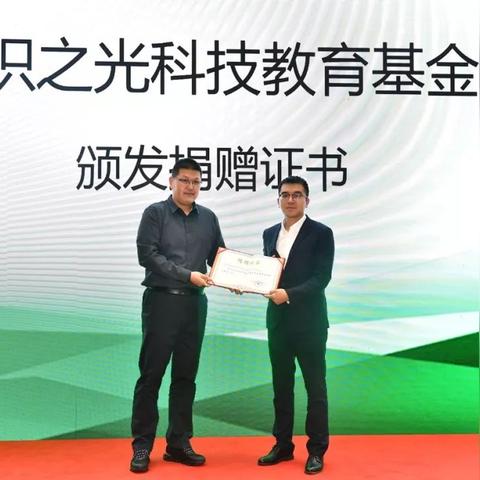
以某知名纺织品牌为例,其纺织品质量控制的具体实践如下:
-
原料选择与检验:该品牌在原料采购过程中,严格筛选供应商,确保原料质量符合国际标准和行业标准,该品牌还建立了严格的原料检验流程,包括外观检查、尺寸检查、性能测试等,确保原料符合质量要求,该品牌还采用了先进的检测设备和技术,提高检测效率和准确性。
-
生产工艺控制:该品牌采用了先进的生产工艺和技术,确保纺织品生产过程中的各个环节符合质量标准,该品牌还定期对生产工艺进行评估和优化,以提高生产效率和产品质量,该品牌还建立了严格的生产标准和质量管理体系,确保生产过程符合相关法规和标准。
表格补充说明
以下是纺织品质量控制的相关表格补充说明:
原料质量指标表格:
| 指标名称 | 单位 | 数值范围 | 质量控制措施 |
|---|---|---|---|
| 纤维类型 | 克/平方米 | 根据客户需求选择合适的纤维类型 | 严格筛选供应商 |
| 纤维含量 | 根据国家标准和客户需求进行控制 | 定期检测和评估 | |
| 外观检查 | 次/平方米 | 根据国家标准进行检测 | 采用专业仪器进行检测 |
| 尺寸检查 | mm/平方米 | 根据国家标准和客户要求进行测量和控制 | 采用精密测量设备进行测量 |
| 性能测试 | 项/平方米 | 根据客户需求进行测试项目选择和测试方法制定 | 采用国际标准和行业标准进行测试 |
检测与测试方法表格:
| 检测项目 | 方法描述 | 适用范围 | 质量控制措施 |
|---|---|---|---|
| 纤维成分分析 | 使用专业仪器进行检测 | 针对不同类型的产品进行全面分析 | 采用国际标准和行业标准进行检测和分析 |
| 织物结构观察 | 使用显微镜进行观察和分析 | 根据客户需求选择观察项目和观察标准 | 采用专业设备和经验丰富的技术人员进行观察和分析 |
| 安全性测试 | 进行化学成分分析、微生物测试等 | 根据产品类型和客户要求进行选择和测试 | 采用国际标准和行业标准进行测试和分析并出具报告 |
| 质量稳定性测试 | 进行拉伸性能、耐磨性能等测试 | 根据纺织品类型和客户要求进行选择和测试周期的确定 | 采用先进的检测设备和专业的技术人员进行测试和分析 |
纺织品质量控制是确保纺织品产品符合相关标准和客户要求的重要手段,通过严格的质量控制,可以确保纺织品产品的性能、安全性和可靠性,提高产品的市场竞争力,在具体实践中,应采用多种检测方法对纺织品进行全面检测,并建立严格的生产标准和质量管理体系。
Articles related to the knowledge points of this article:
The Beauty of Textiles:An Average of 10
The Beauty of Textiles:PDFs in the English Language
Embracing the Future of Texture with 美明纺织品
Exploring the World of Fashionable Textiles:An In-depth Look at Fuxi Wang
Strategies for Successful Customized Fabrics and Apparel Sales in Guangxi
Exploring the Timeless Tapestry of Chinese Textiles:A Millenniums Journey
